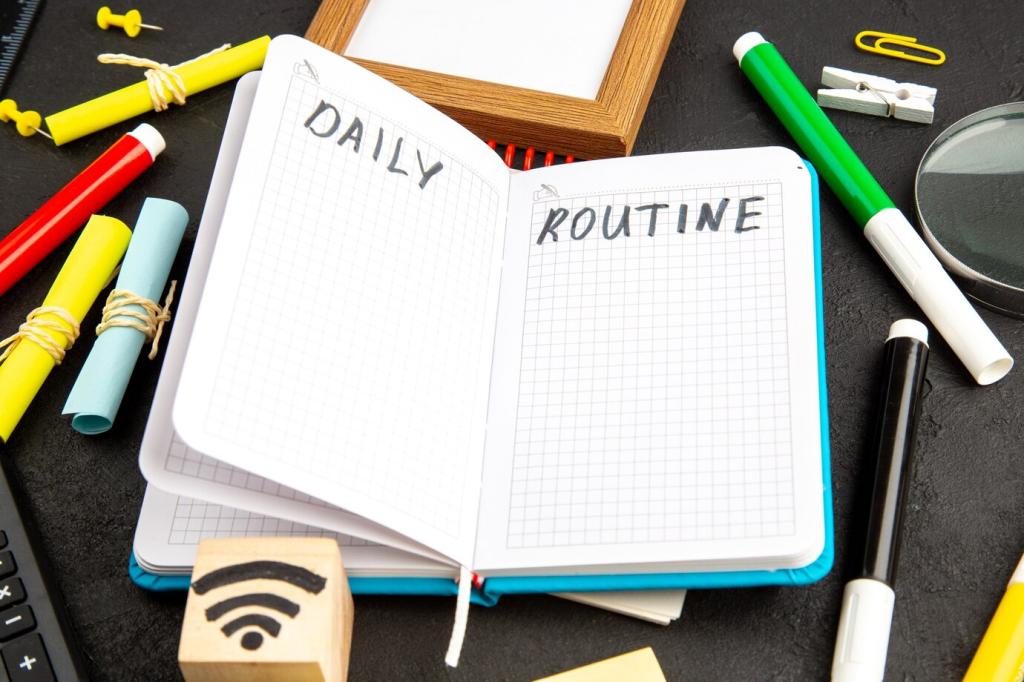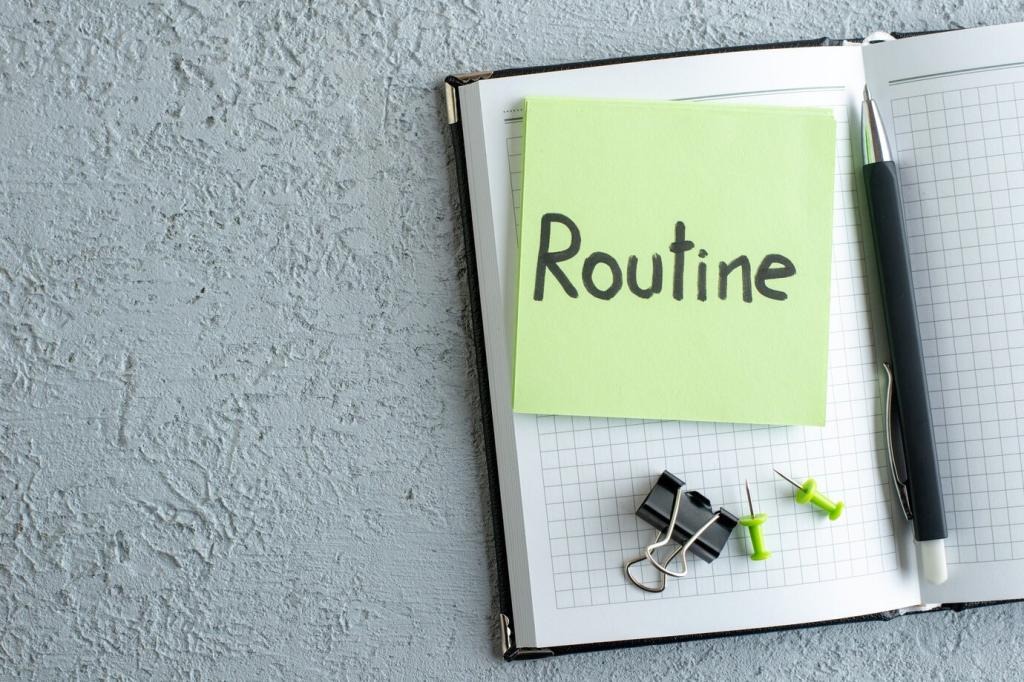Effective Work-Life Harmony for Freelancers
Today’s chosen theme: Effective Work-Life Harmony for Freelancers. Welcome to a friendly, practical space where solo professionals learn to blend meaningful work with a fully lived life—without burnout, constant guilt, or chaotic days. Read on, share your thoughts, and subscribe for weekly, field-tested strategies.

Define Your Version of Harmony
List the non-negotiables that make a week feel full and sustainable—focused client time, family dinners, a long walk, or a creative hour. Share your list in the comments, and compare notes with others who are also designing a more intentional freelance rhythm.

Design Your Time Architecture
Try a three-block day: create, collaborate, and care. Add buffers before and after meetings to prevent spillover. A fifteen-minute margin often saves your evening. If you test this structure for a week, return and share what shifted—especially any surprise pockets of calm.


Design Your Time Architecture
Most people think and focus best in 90–120 minute cycles. Stack demanding tasks in your natural peak and reserve admin for slower hours. Track your energy for five days and tell us when you peak; we will compile community patterns for a future post.


Client Communication That Protects Life
Publish office hours, typical response time, revision windows, and preferred channels in your welcome packet and email footer. Clear guidelines reduce last-minute chaos. Comment with one boundary you will add to your onboarding this week; we will cheer you on and share examples.
Client Communication That Protects Life
Use Loom videos, structured emails, and shared docs to avoid unnecessary meetings. Async tools reduce context switching and preserve deep work. Try one meeting-free day next week and report back on productivity gains; we will feature standout stories in our newsletter.
Energy, Health, and Recovery
Ultradian Breaks and Real Rest
Work in focused sprints, then take genuine breaks away from screens—stretch, water, or a short walk. A designer wrote us that five-minute balcony breaks halved her afternoon headaches. Try it for three days and tell us what your body says; we actually read every reply.
Light, Sleep, and Morning Anchors
Get natural light within an hour of waking to support circadian rhythms, then guard a consistent bedtime. A simple morning anchor—tea, journaling, or a quiet check-in—sets tone for the day. Share your anchor ritual; we may spotlight it to inspire fellow freelancers.
Food, Focus, and Gentle Movement
Balanced snacks and hydration stabilize attention more than another espresso. Add a micro-workout between calls: ten squats, a wall stretch, slow breathing. Post your go-to energizing snack and a stretch you love; practical details from real freelancers help our whole community.

Space, Tools, and Digital Boundaries
Two-Mode Workspace
Create a clear work mode and a clear life mode—separate browser profiles, different desk lighting, or a closing laptop stand. A photographer flips a lamp to warm light at five, signaling shutdown. What single environmental cue could close your day more smoothly?
Notifications as Permissions
Treat notifications as granted permissions, not defaults. Disable badges, batch inbox checks, and whitelist essential alerts. One illustrator reduced Slack pings by eighty percent using scheduled delivery. Try notification batching today and comment with any anxiety changes you notice by evening.
Personal Tech Sabbath
Choose a weekly offline window—perhaps Saturday sunrise to lunch. At first it feels itchy; then your nervous system thanks you. A developer told us those hours restored curiosity. Attempt a mini Sabbath this week and return to share how it affected your Sunday mood.

Blend retainers for stability with seasonal project sprints. Mark yearly slowdowns and front-load savings before holidays. One consultant pre-funds December and actually takes a real break. Tell us your seasonal pattern, and we will build a shared calendar to help everyone plan.

Automate transfers into a time-off fund—start with ten percent and adjust. Label the account visibly. When rest has a budget, it actually happens. Reply with your target percentage, and we will send a simple calculator to match your average monthly revenue.

Protect fifteen percent unsold capacity for life and emergencies. Decline or delay mismatched work before your calendar collapses. A marketer reported stronger referrals after she started referring out politely. Try a capacity cushion next month and share how it changed your stress curve.
